The --chaos parameter affects the degree of variation in the initial image grid. A high --chaos value will produce more unusual and unexpected results and combinations. The lower the --chaos value, the more reliable and repeatable the results will be.
--chaos accepts values from 0 to 100. The default value of --chaos is 0.
Impact of –chaos at 0 value
Using a very low or unspecified value for --chaos will generate a similar initial image grid.
Example prompt: /imagine prompt:a silver seashell inlaid with pink and green accents --c 0
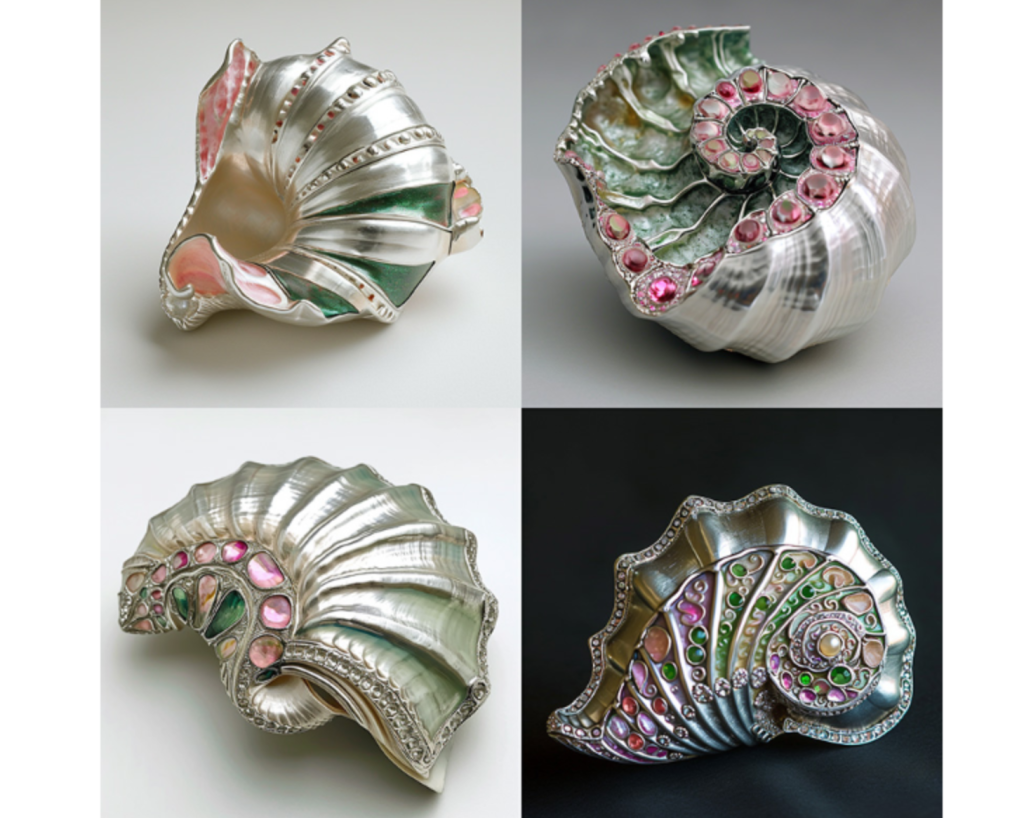
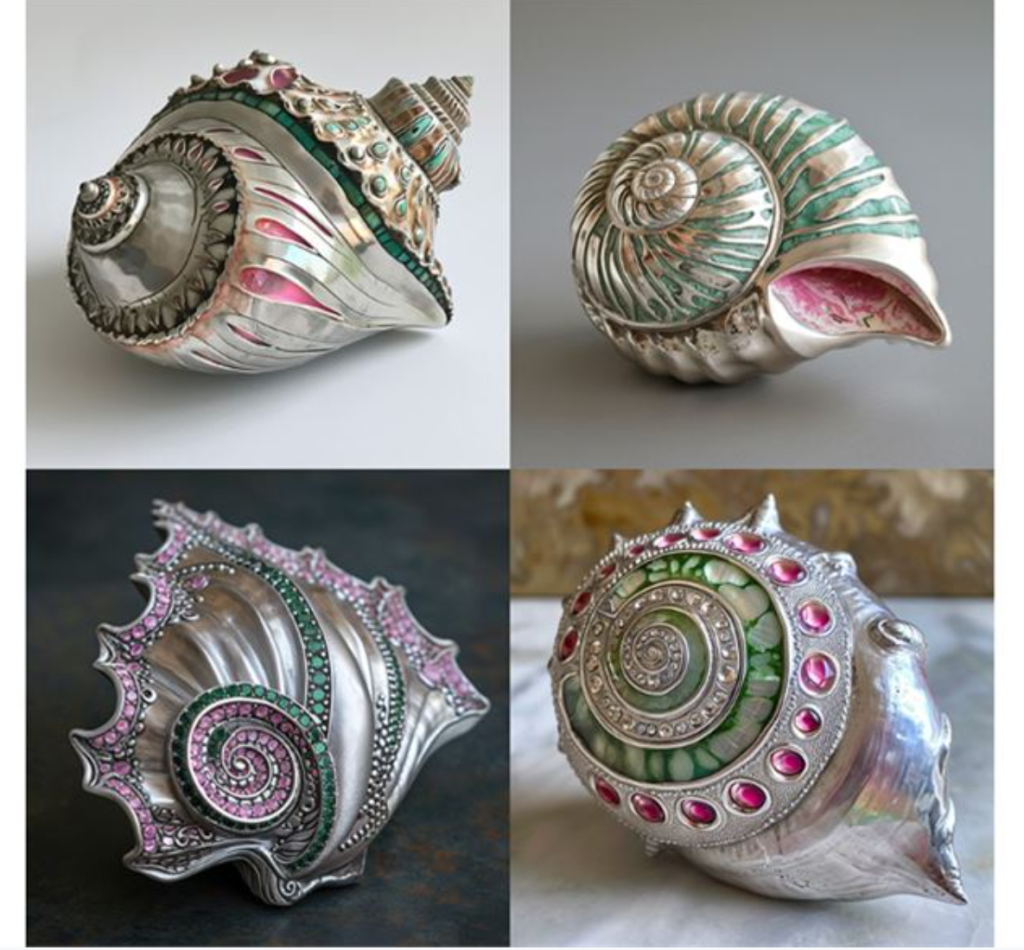
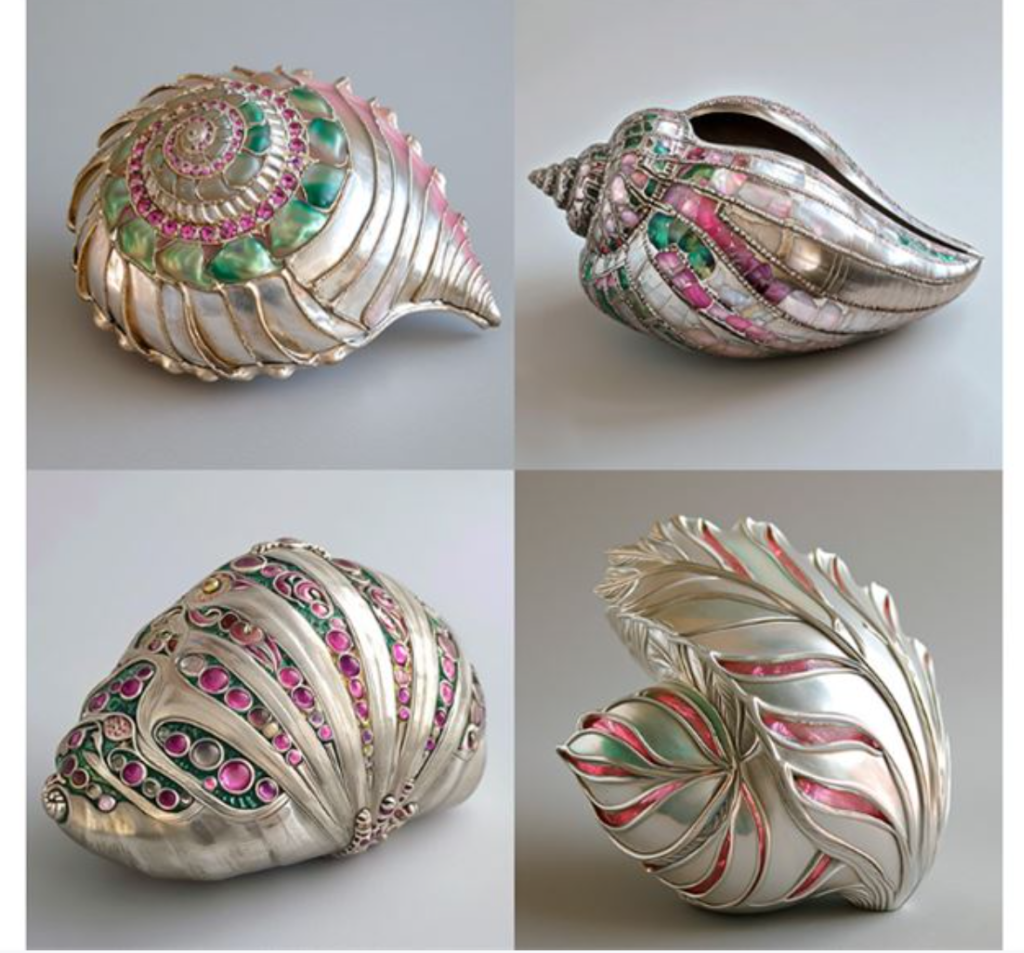
Low value –chaos
Using a low value for --chaos will generate an initial image grid with slight variations.
Example prompt: /imagine prompt:a silver seashell inlaid with pink and green accents --c 10
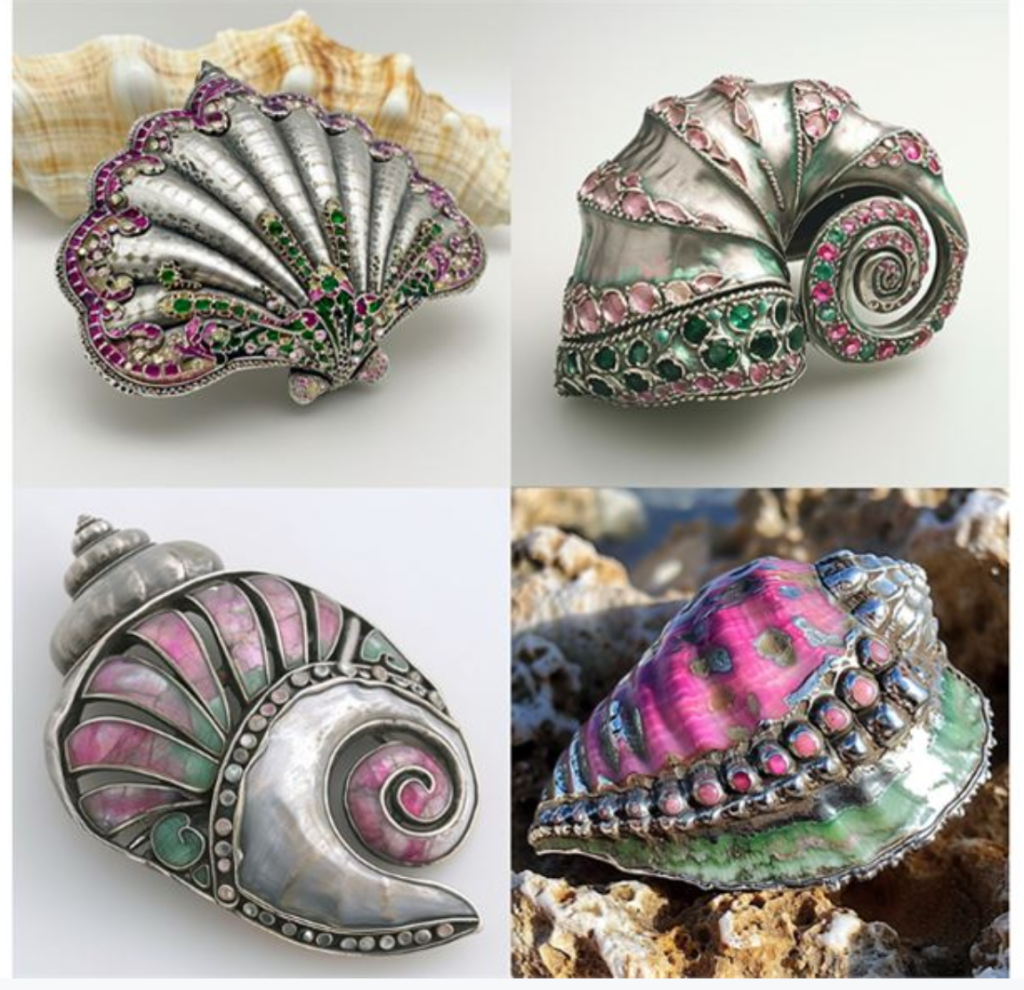
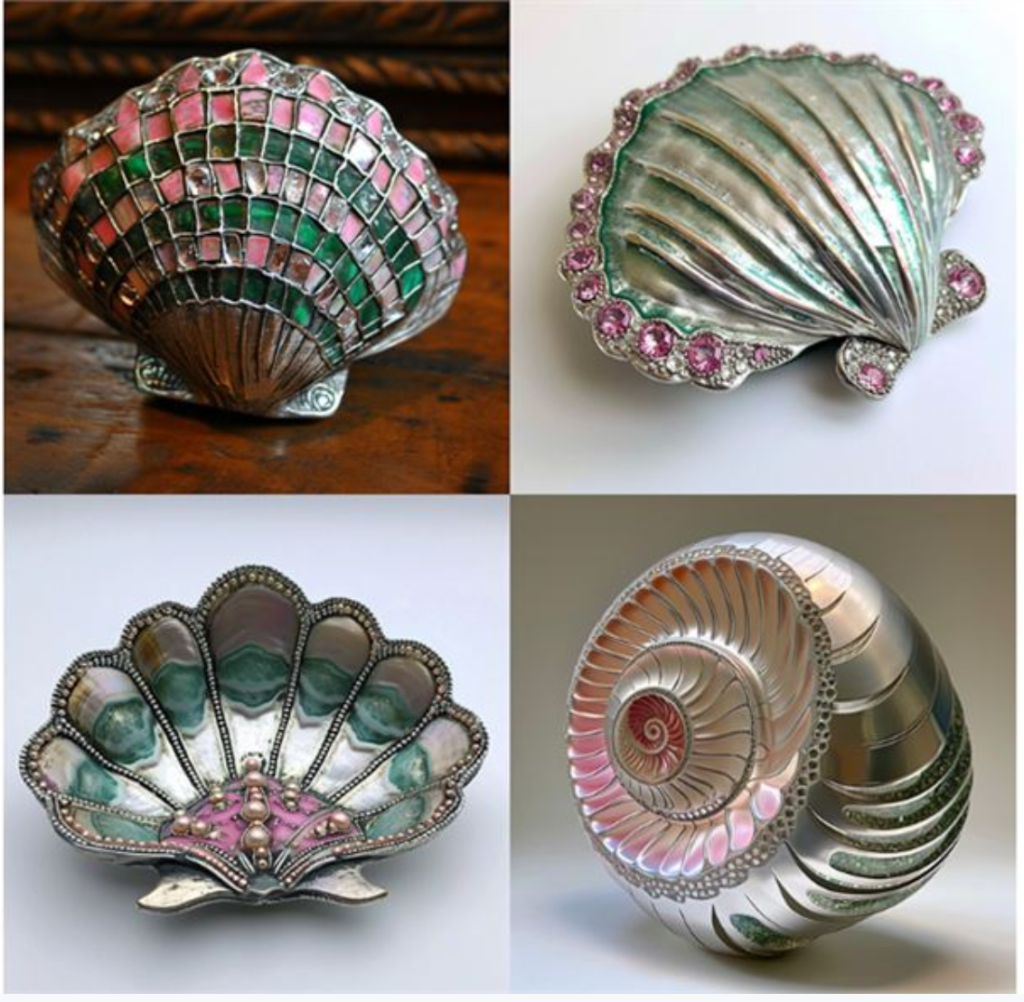
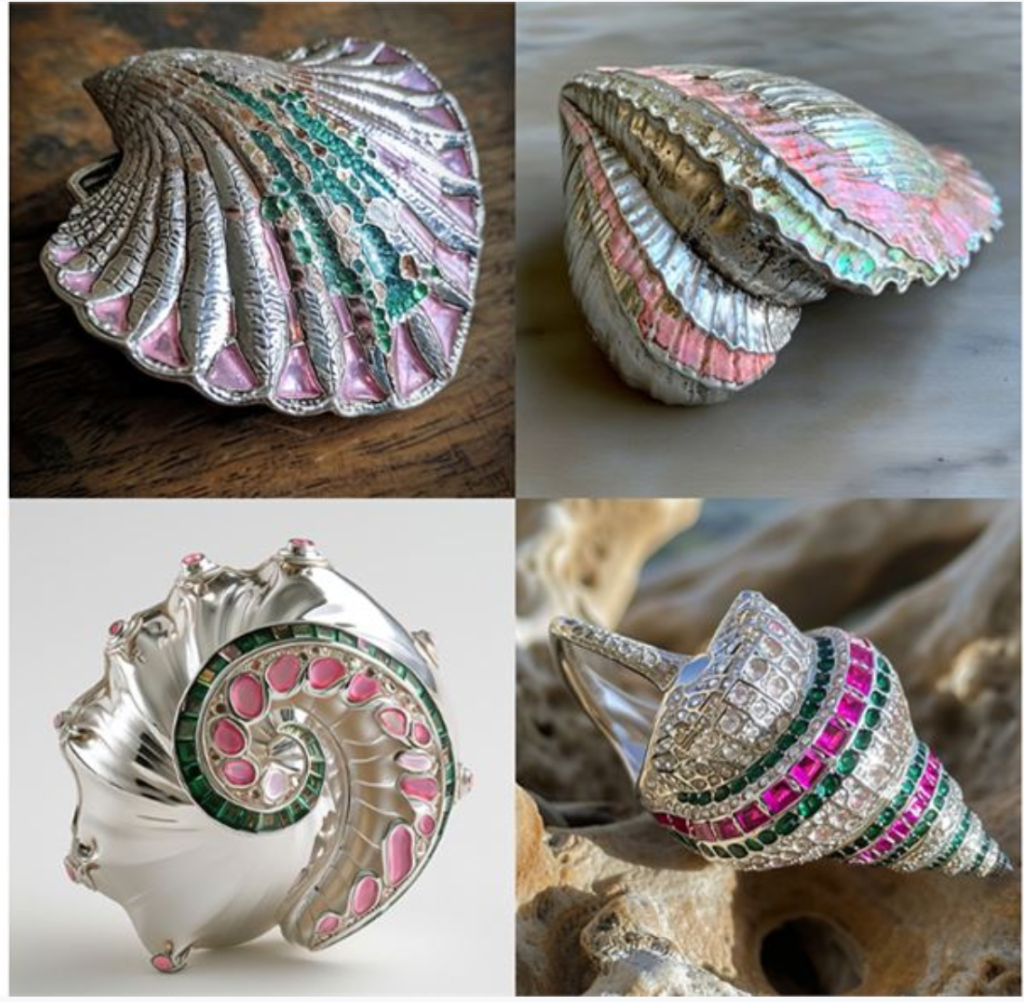
Medium value –chaos
Using a moderate value for --chaos will generate an initial image grid with more diverse variations.
Example prompt: /imagine prompt:a silver seashell inlaid with pink and green accents --c 25
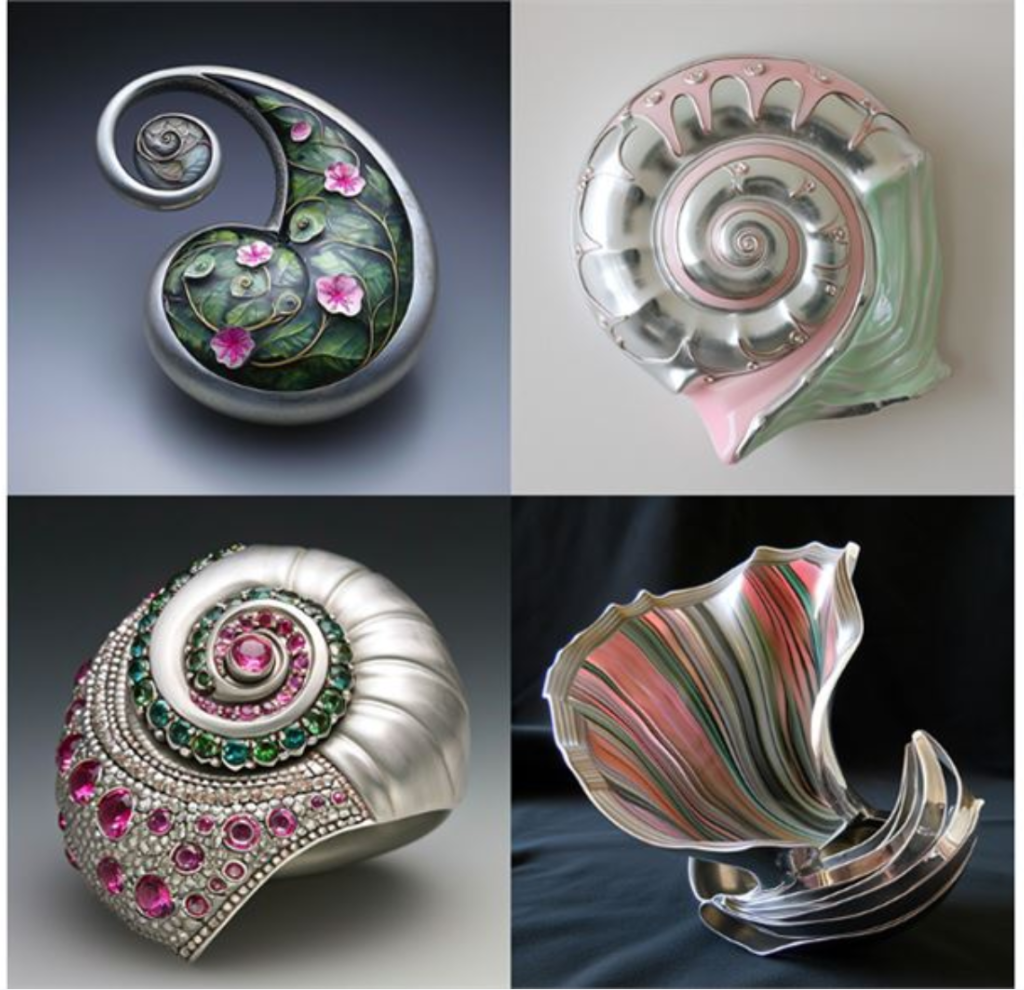
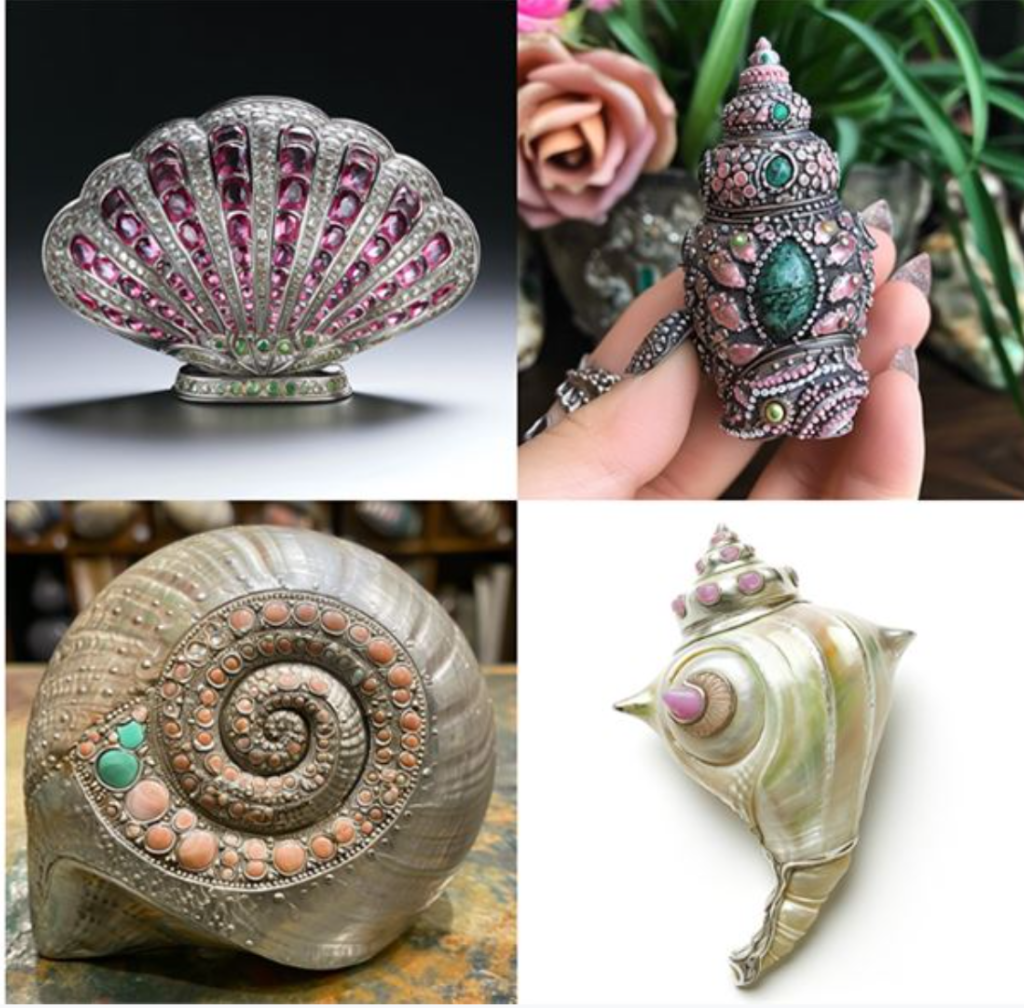
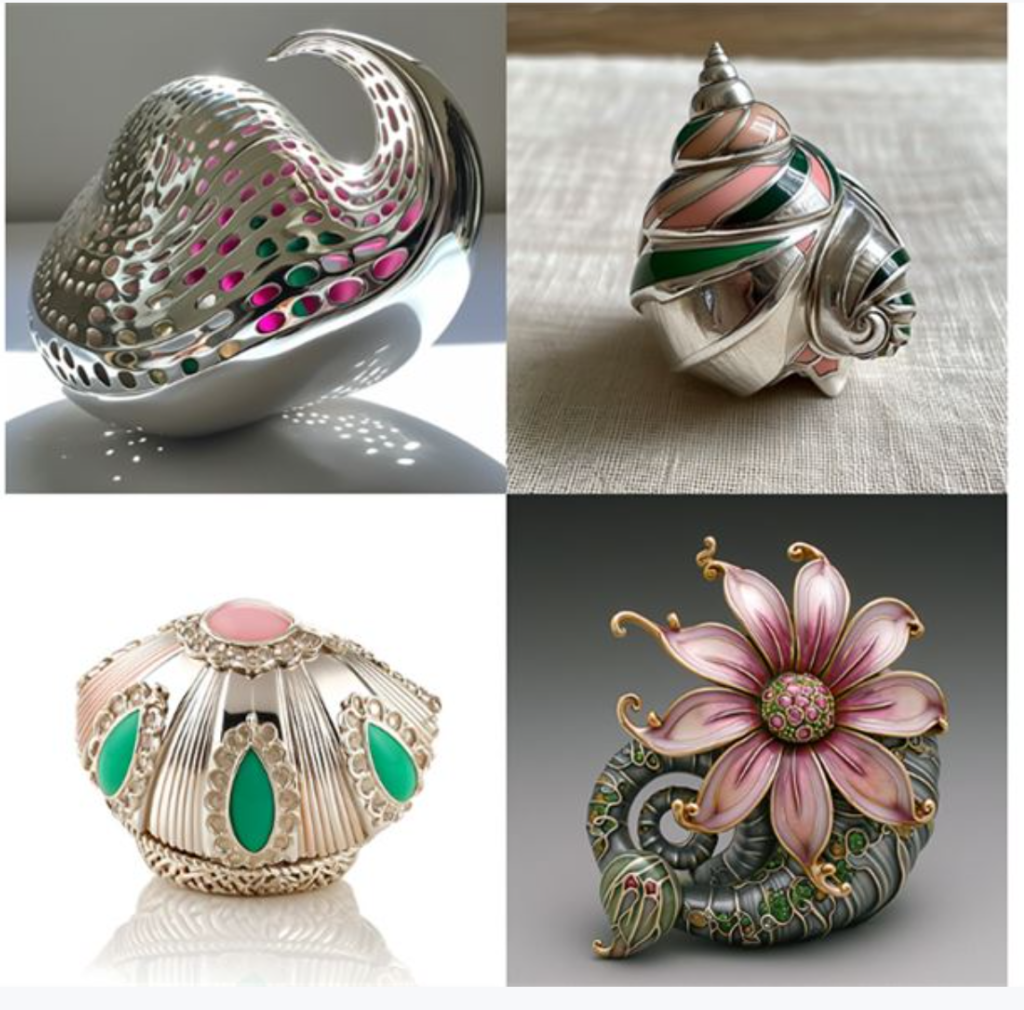
High value –chaos
Using a higher value for --chaos will generate an initial image grid that is even more varied and unexpected.
Example prompt: /imagine prompt:a silver seashell inlaid with pink and green accents --c 50
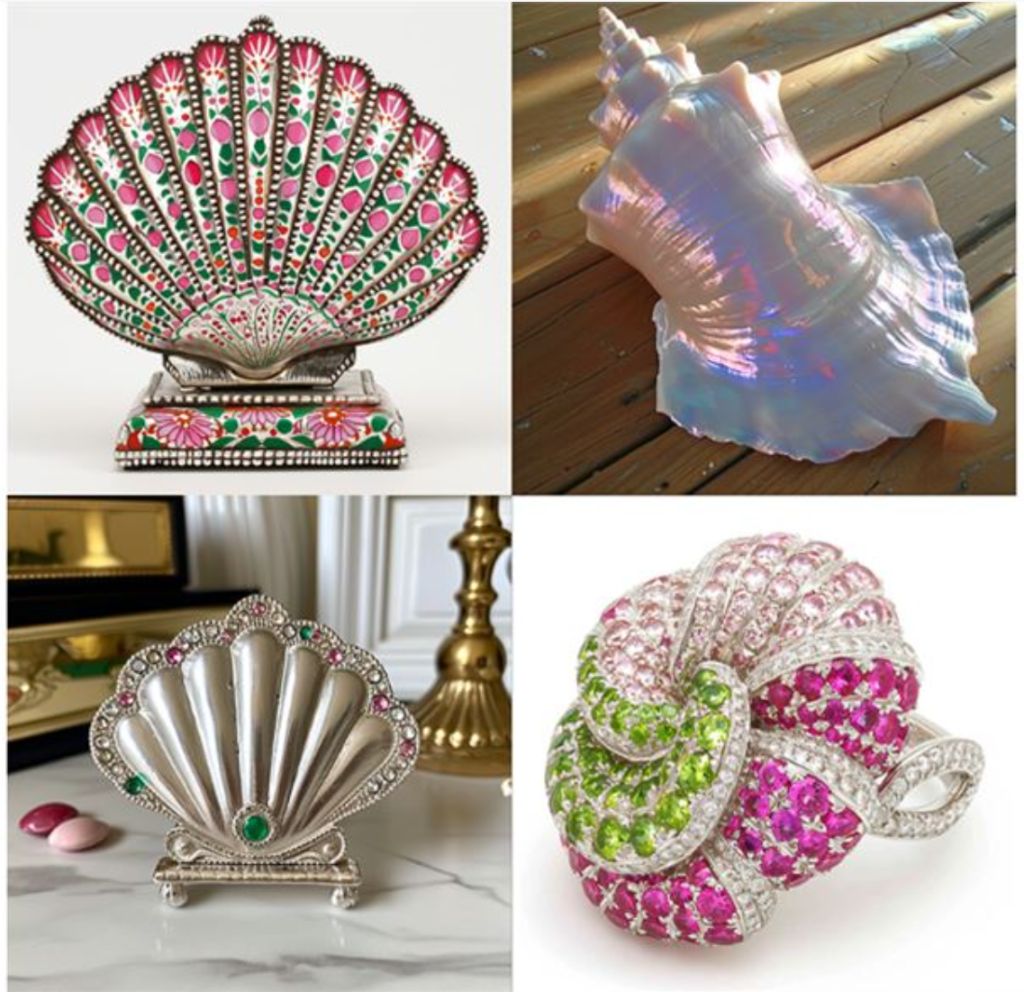
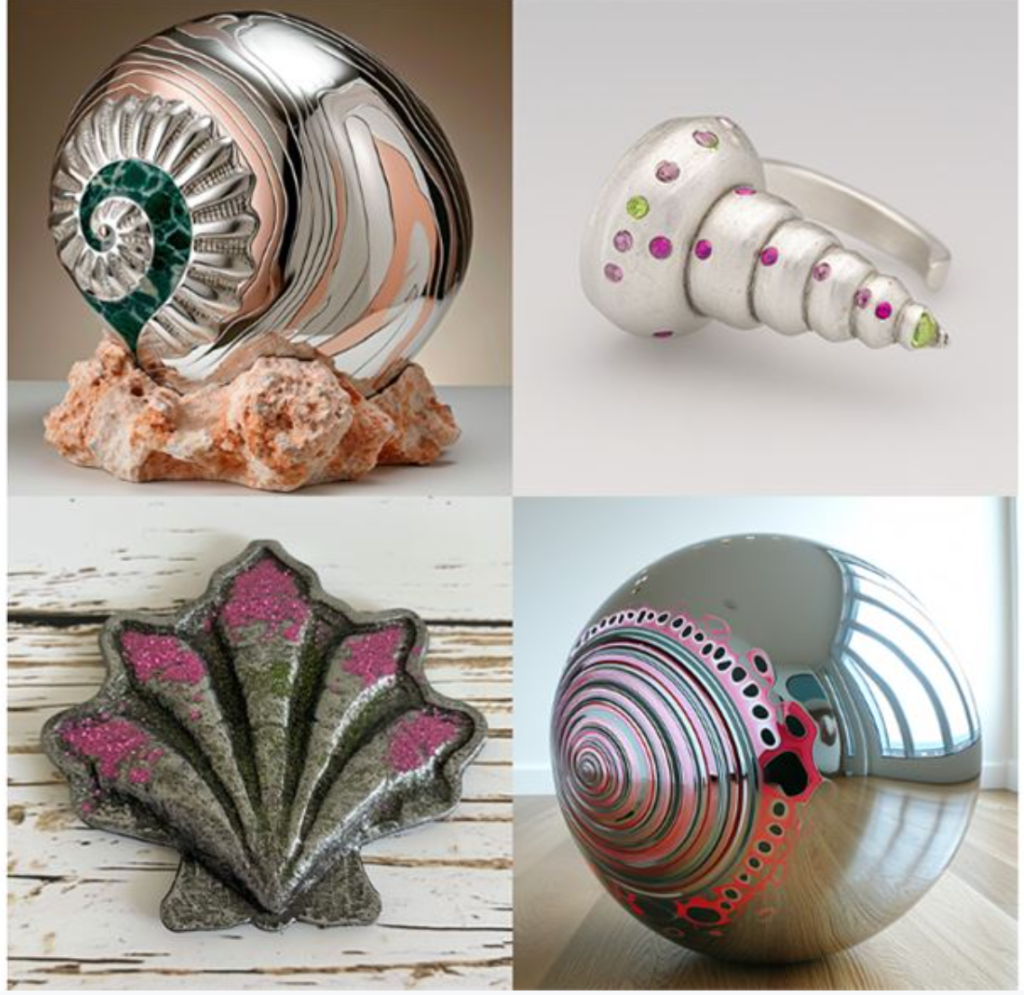
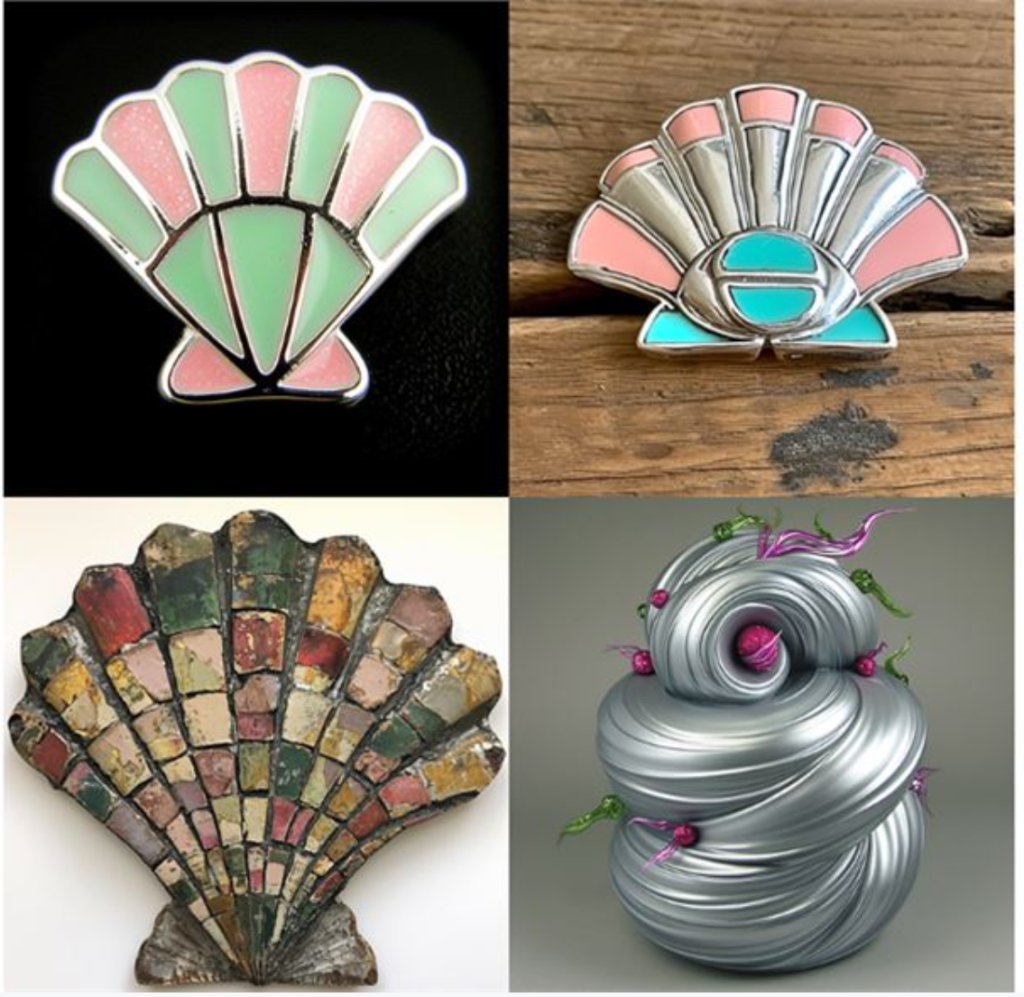
Very high value –chaos
Using an extremely high value for --chaos will generate a different initial image grid, often with unexpected compositions or elements.
Example prompt: /imagine prompt:a silver seashell inlaid with pink and green accents --c 80
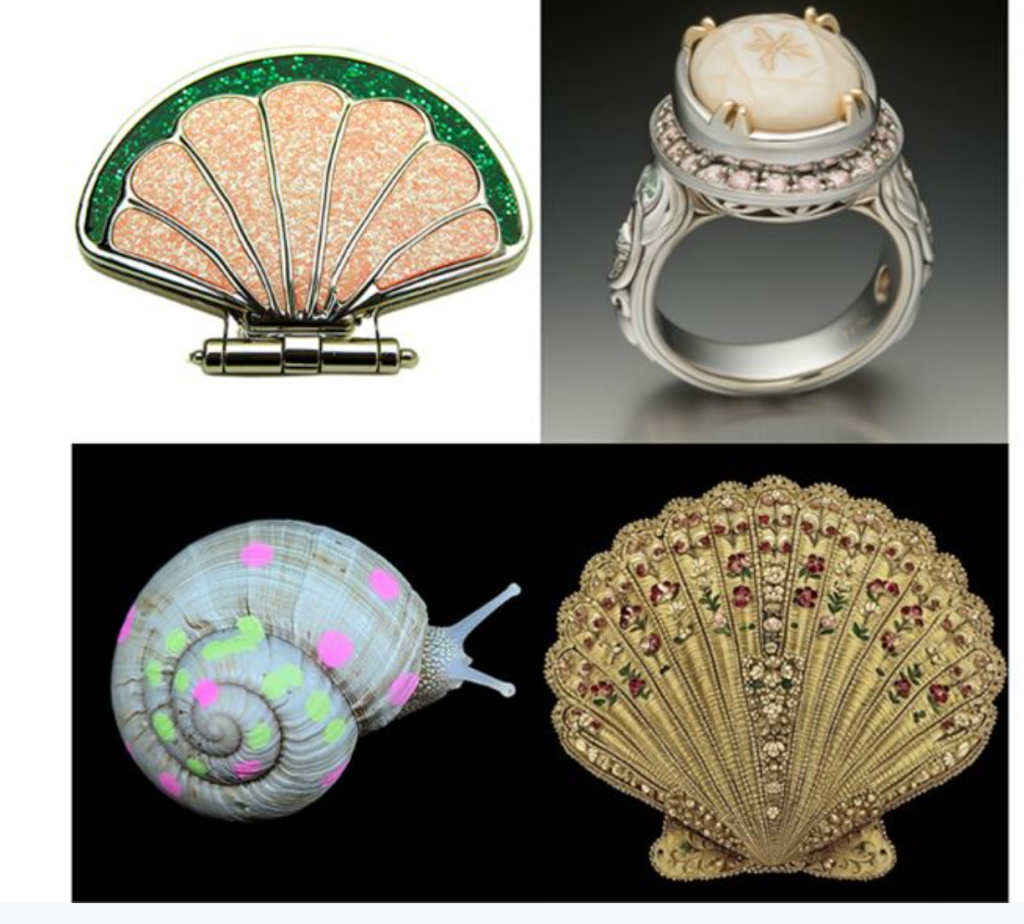
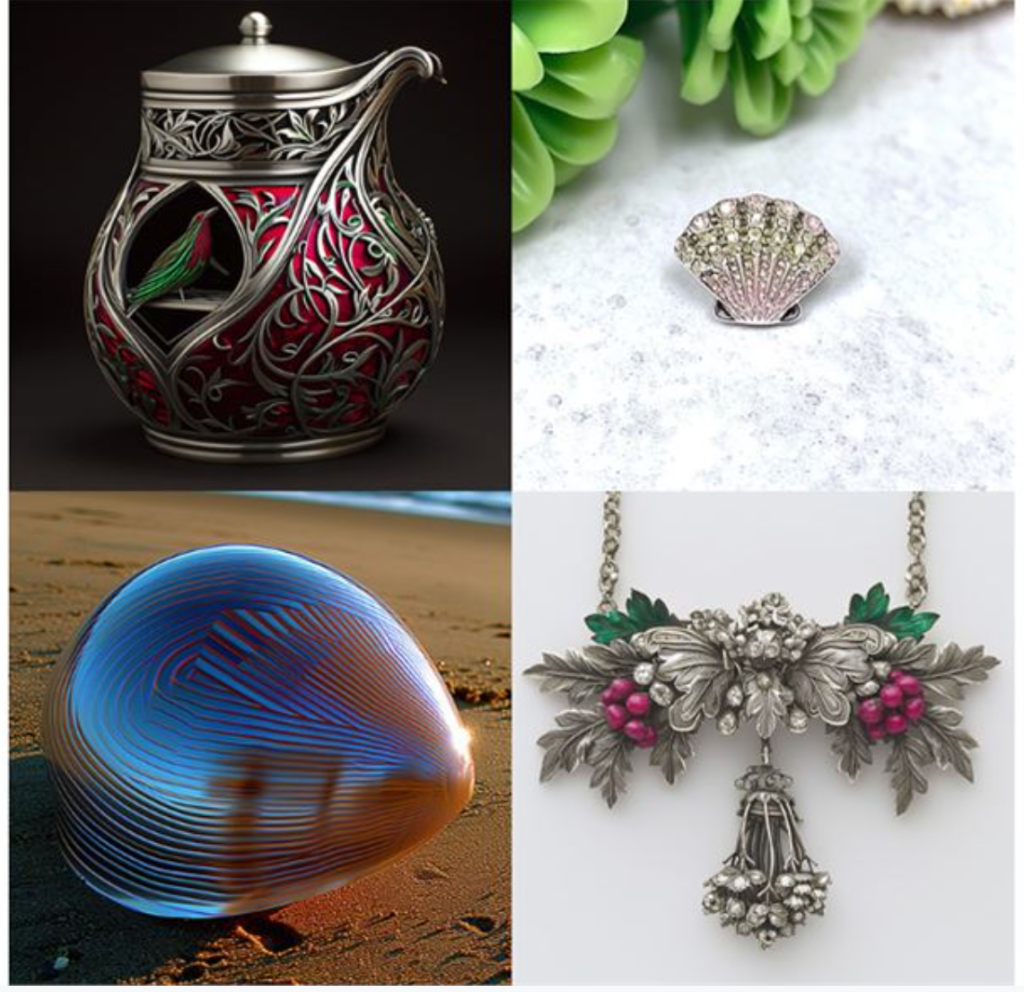
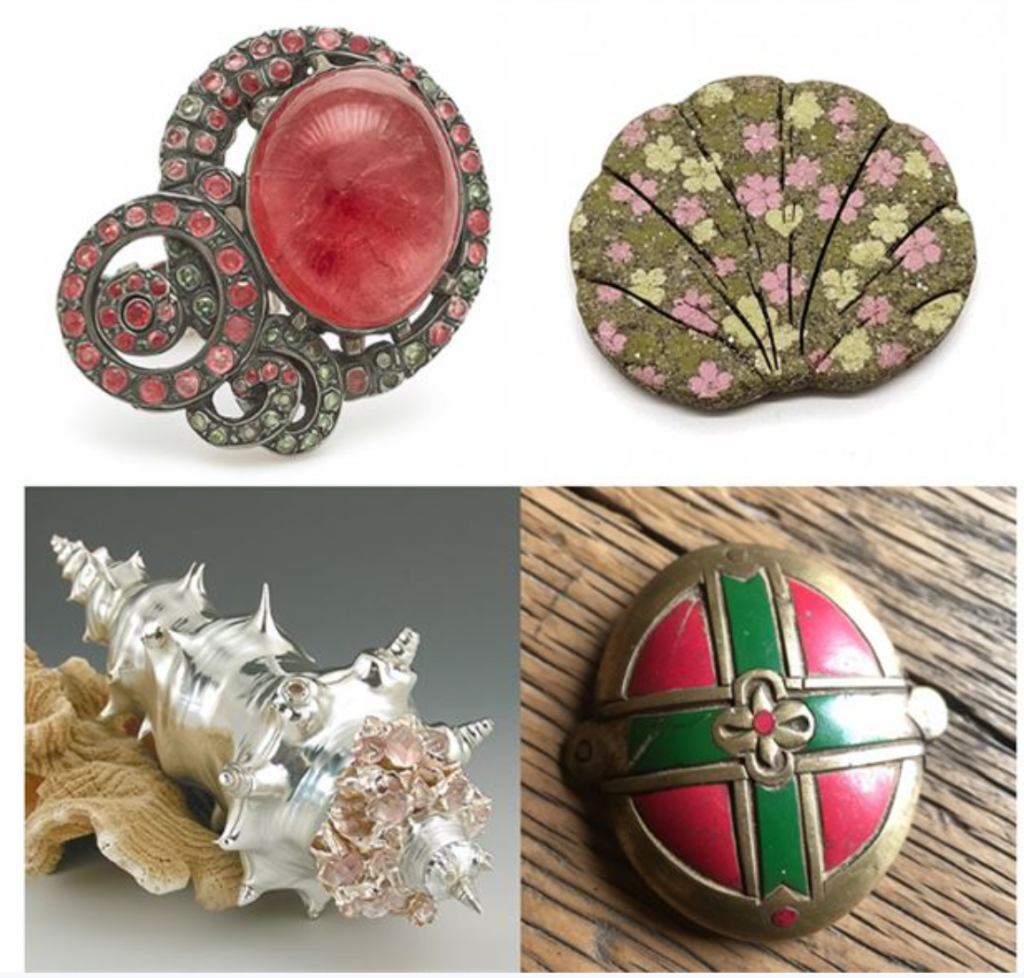
How to Change the Chaos Value Use the --chaos or --c parameter
by adding --chaos <value> or --c <value> at the end of your prompt.